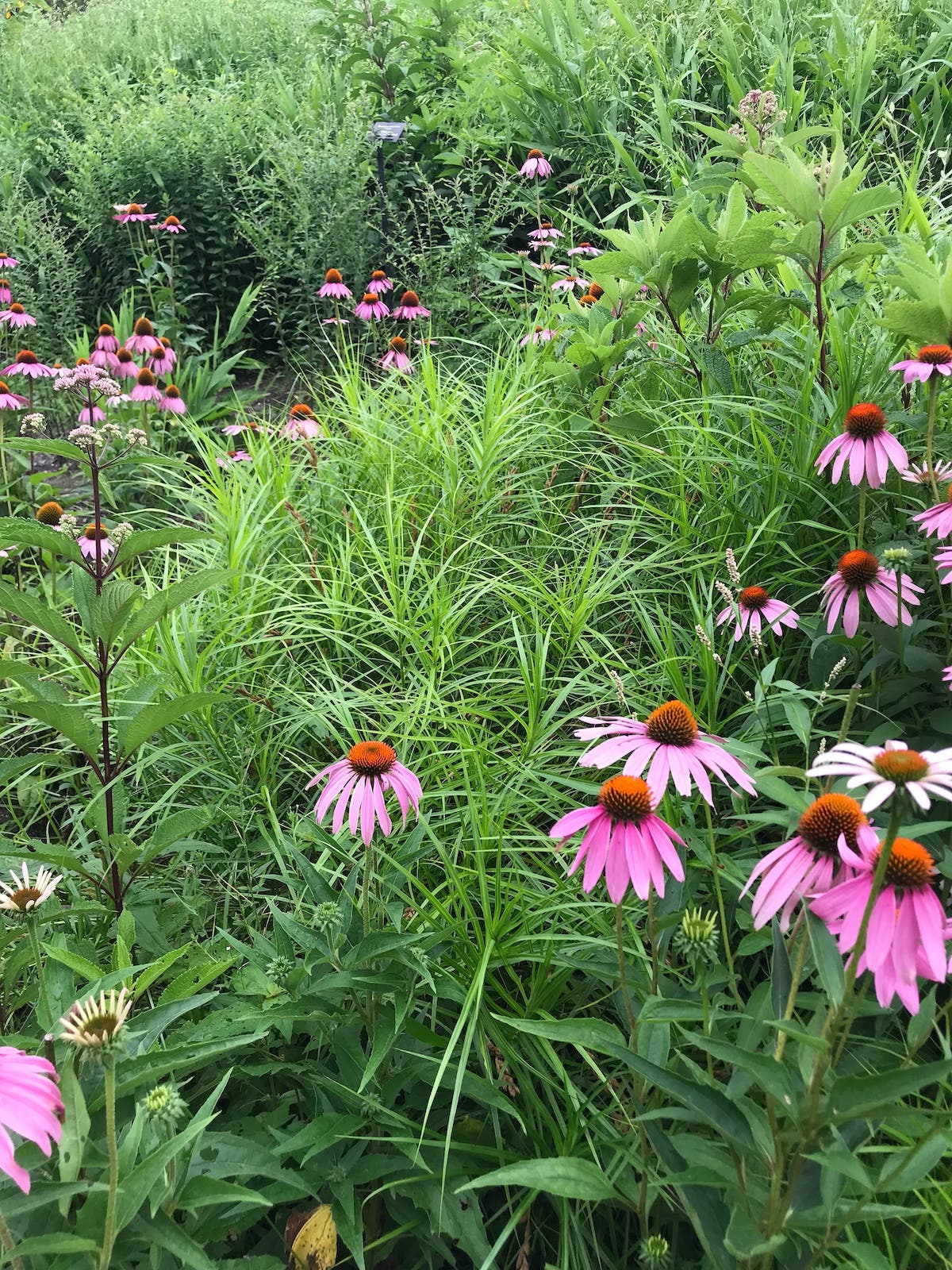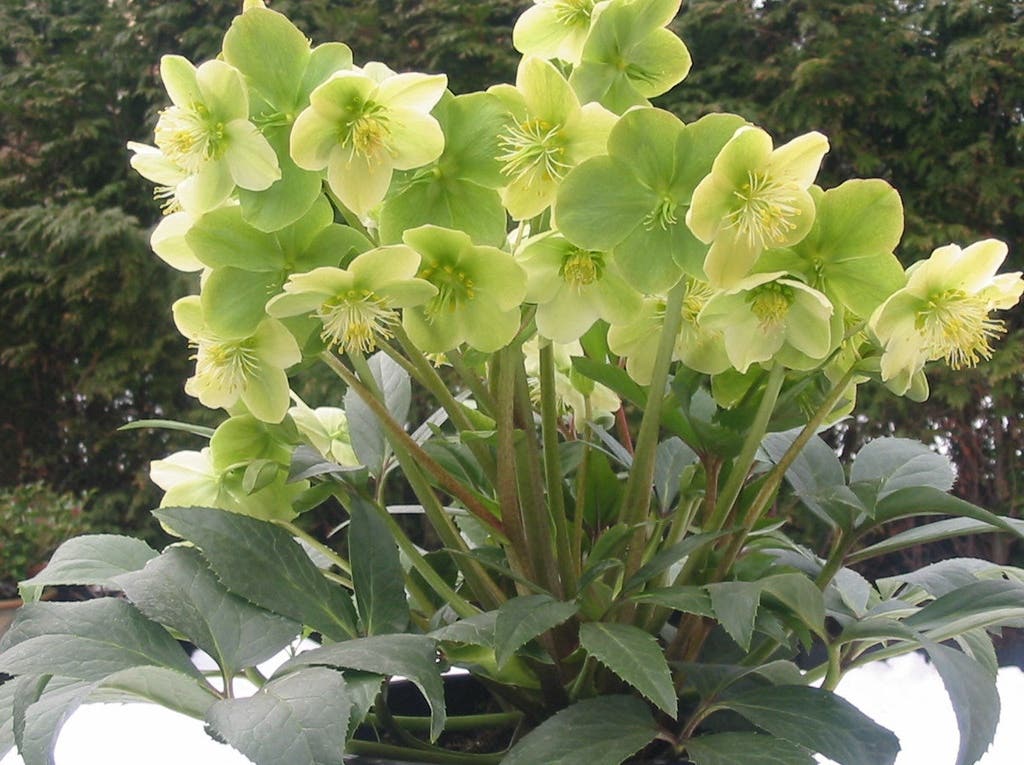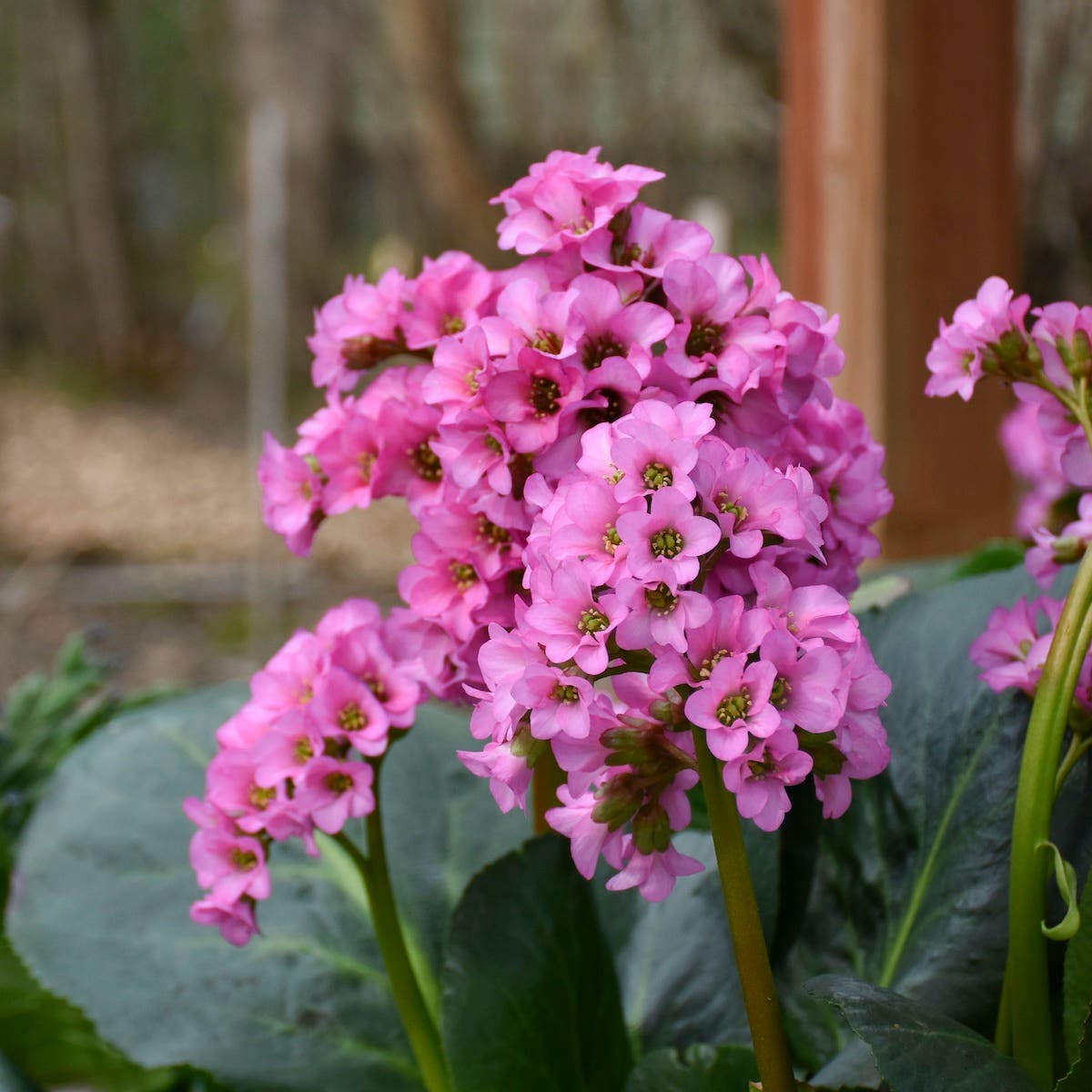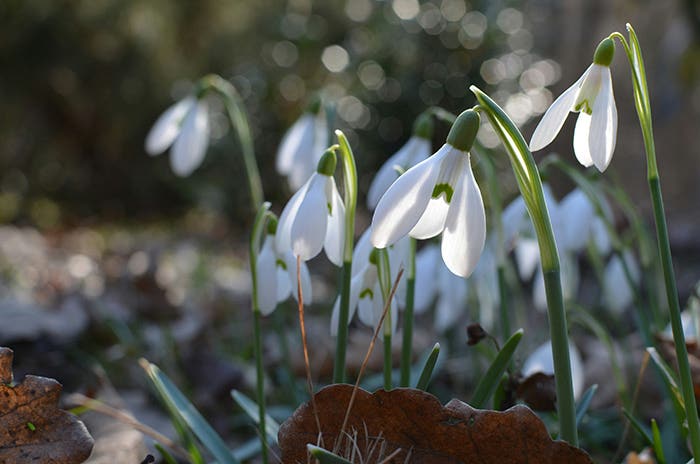Bur Oak Makes an Impressive, Important Shade Tree
Virtues: Bur oak is an impressive shade tree in any season. This long-lived, rugged North American tree supports many kinds of wildlife by providing them shelter and food. Common name:…
Virtues: Bur oak is an impressive shade tree in any season. This long-lived, rugged North American tree supports many kinds of wildlife by providing them shelter and food.
Common name: Bur oak, burr oak, mossycup oak, prairie oak, overcup oak
Botanical name:Quercus macrocarpa
Exposure: Full sun
Season: Summer for leafy shade; fall for curious, wildlife-drawing acorns; winter and spring for its stunning architecture and textural bark
Flowers/fruit: Bur oak’s yellow-green spring flowers are not very noticeable, but they give rise to interesting, large acorns. The acorn caps, which can cover more than half the nut, have a shaggy texture that inspire the tree’s alternate name of mossycup oak. The acorns feed a wide range of birds and other wildlife.
Foliage: The leaves of bur oak can extend to 12 inches long, with multiple rounded lobes creating their classic oak leaf shape. Foliage is deep green in summer and tan in the fall.
Habit: Bur oak is a deciduous tree growing to 70 to 80 feet tall with a canopy spread of 80 feet.
Origins: Quercus macrocarpa is native to roughly the eastern two-thirds of North America, where it occurs naturally in prairies, woods and along stream banks. It is the most western-ranging of the oaks.
How to grow bur oak: Bur oak tolerates a variety of soil types and it can withstand wet, poorly drained soil as well as some drought. Given its potential mature size and shape, as well as its resistance to transplanting, choose its site carefully. Keep it watered until it is fully established in the soil. USDA Zone 3–8.
Tree image credit: Wirepec / iStock / Getty Images
Detail image credit: bkkm / iStock / Getty Images






